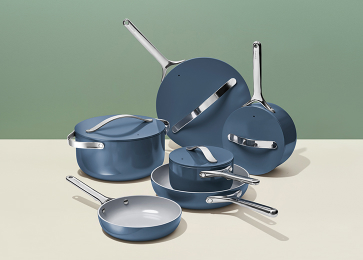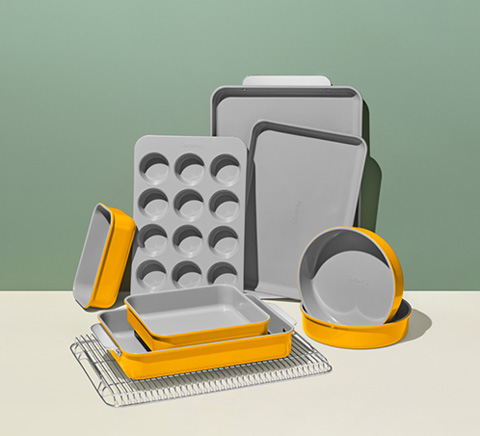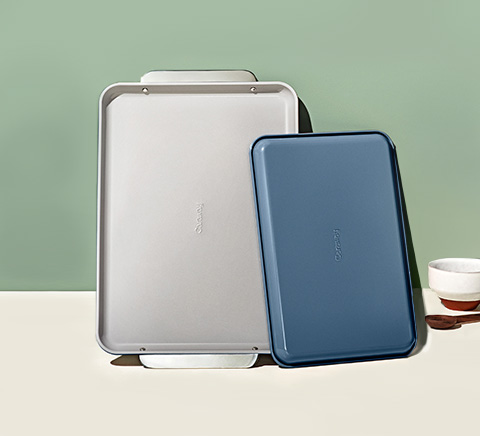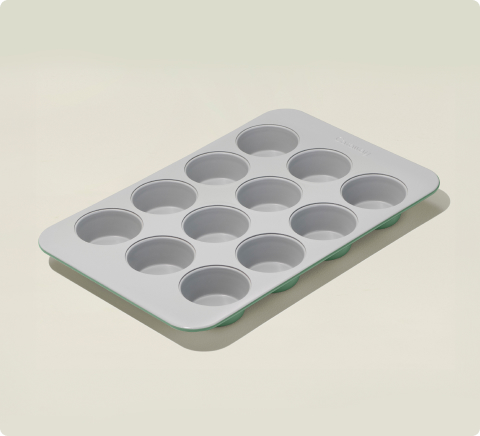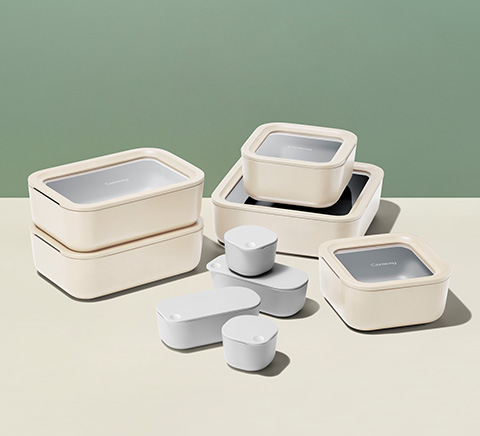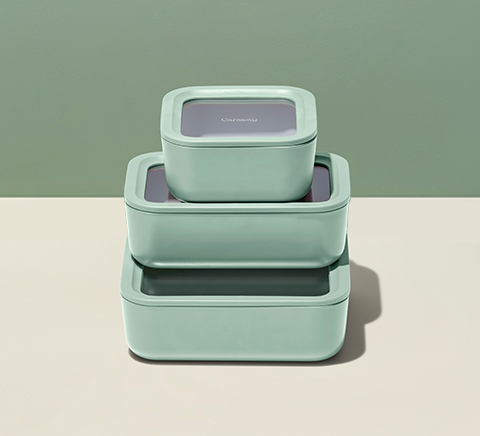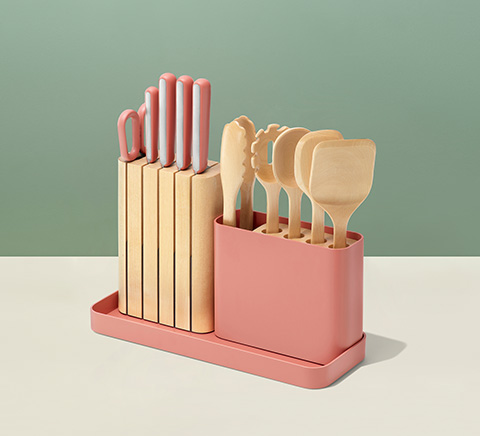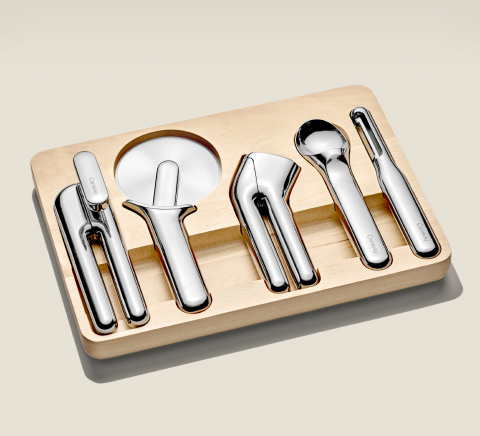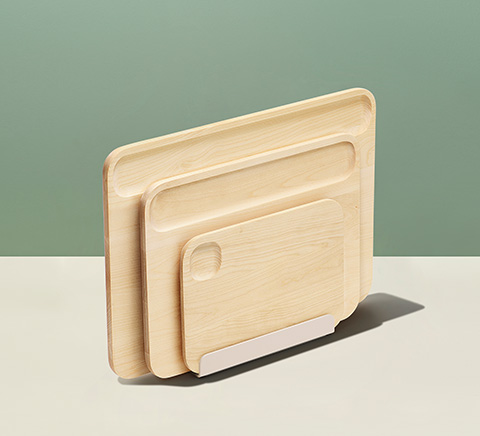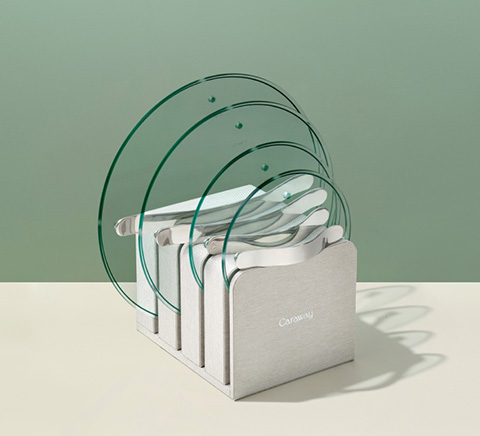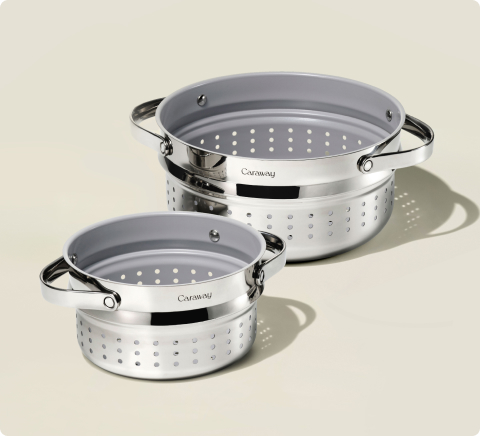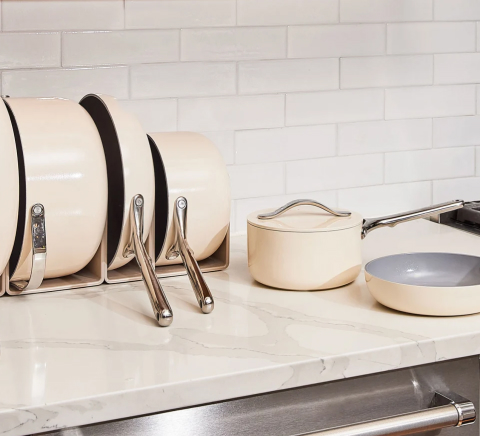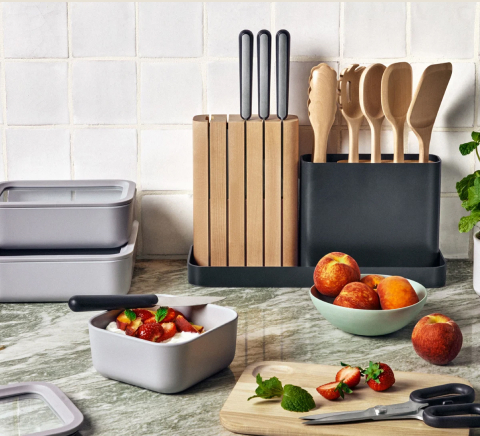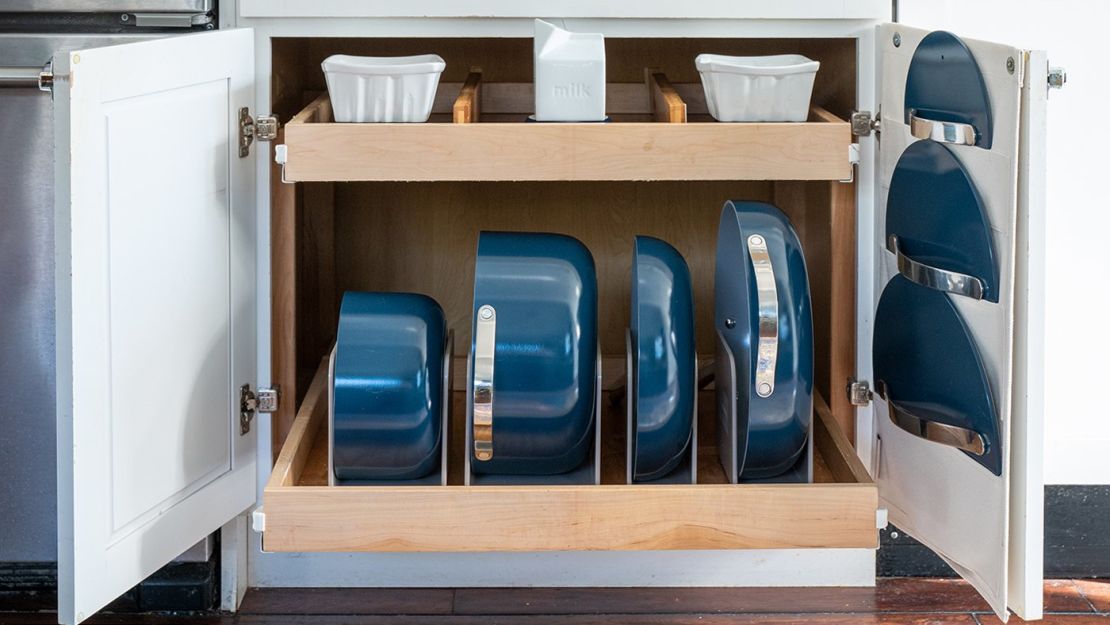We know that not everyone is a natural at organization. With spring cleaning around the corner, we interviewed an organization expert and put together a guide that’ll help out even the messiest of cleaners. Happy Cleaning!
For organization enthusiasts, spring cleaning might as well be a holiday. But for people who aren’t so naturally organized, the thought of spring cleaning can feel overwhelming. Where to start? What to organize? And how, exactly, do you do the organizing?
We asked organization expert Maura Fitzgerald of Fitz Just Right for her insights on how to make the spring cleaning process as easy, streamlined, and straightforward as possible—no matter how messy, disorganized, or cleaning averse you may be. Here are her top tips for getting organized this spring:
Follow The Formula
It doesn’t matter if your spring cleaning consists of organizing your closet, getting your garage in order, or (finally!) clearing out the area under your bed; the steps to getting organized are all the same. And all you have to do? Follow the formula.
“Step one is to always pull everything out,” says organization expert Maura Fitzgerald of Fitz Just Right. Take everything out of the space you’re organizing it and spread it on the floor.
Once all your items are spread out, it’s time to start categorizing your items and separating them into piles (so, for example, if you were organizing a closet, you might make separate piles for shirts, pants, shoes, and accessories; if you were organizing your pantry, you might make separate piles for spices, canned goods, dry goods, and baking supplies).
Once everything is sorted and categorized into piles, it’s time for the most important part of the organization process—purging your space of the items you no longer need.
Getting rid of things is challenging for a lot of people—but it’s an absolute must if you want your spring cleaning efforts to help you get (and stay!) organized. “A lot of people really like to hold on to things, but being ruthless with yourself is always my advice when people are [organizing] on their own,” says Fitzgerald. “[Purging and getting rid of things makes] putting back, which is the next step, a whole lot simpler and a whole lot prettier in the end.”
The formula is simple: pull everything out, categorize the items, get rid of what you don’t need, put everything back. And if you follow it, it will help you get organized—no matter what projects you tackle during spring cleaning.
Measure Your Space
Bins, baskets, and other organization supplies can be a huge help during spring cleaning. But before you start buying those supplies, it’s important to invest in one tool first—and that’s a measuring tape.
“Whether you're going to use bins or shelf dividers or drawer inserts or that kind of thing, you need to have…[accurate] measurements on hand when you [shop for supplies],” says Fitzgerald. “So, number one is a measuring tape. Do not buy anything [before you measure the spaces you’re organizing]. It's going to potentially be wasted money until you have exact measurements.”
Once you have the right measurements, you can figure out what supplies you need to organize your space—and from there, you can shop for the supplies you need in the right size, style, and price range.
“Every space is pretty unique,” says Fitzgerald. “[Whatever your style and budget], there are bins and baskets and whatever for literally every aesthetic—and also at every price range.”
Start small...
You might be tempted to kick off spring cleaning by crossing your biggest, most daunting organization project off your to-do list. But trying to tackle too much at once “can often lead to just unfinished projects, then being overwhelmed, and the kind of ‘throw your hands in the air’ kind of situation that most people find themselves in,” says Fitzgerald.
So, if you want to successfully make it through spring cleaning season? Start small.
Look for small clean-up projects around your house that you can successfully tackle in an hour or less. “Drawers, medicine cabinets, countertops, things where paper tends to accumulate, mail, kids artwork, kids school work, permission slips...things like that,” says Fitzgerald.
Successfully getting through smaller cleaning and organization projects “provides people with this sense of accomplishment...and capability. Like, ‘I can do this, right?,’” says Fitzgerald. Or, in other words, the more small projects you’re able to get done, the more confidence you’ll get to move on to bigger projects.
...then tackle the projects that will deliver the most impact
Once you’ve built up your confidence organizing drawers, cabinets, and other small spaces in your home, you’re ready to tackle a larger project. But where to start?
You might think the best place to start is the area of your home that needs the most organization. But if you want to get the most spring cleaning bang for your buck, it’s best to identify the area of your home bothers you the most—“What's the first thing that you think about in the morning? What's the last thing you think about when you go to bed?,” says Fitzgerald. “So, basically what's driving you the most crazy?”—and then start there.
For example, do you get super frustrated when you can’t find the right-sized sheets? Then organizing your linen closet would be a good place to start. Do you end up ordering takeout because it’s too frustrating to track down all the utensils you need to cook a meal? Then organizing your kitchen would be time well spent.
The point is, you want spring cleaning to have a real, measurable impact on your day-to-day life—and organizing the areas of your home that already cause you frustration is going to deliver that benefit.
“I am a firm believer in clear space, clear mind,” says Fitzgerald. “So, if it's cluttering your mind, start with that.”
